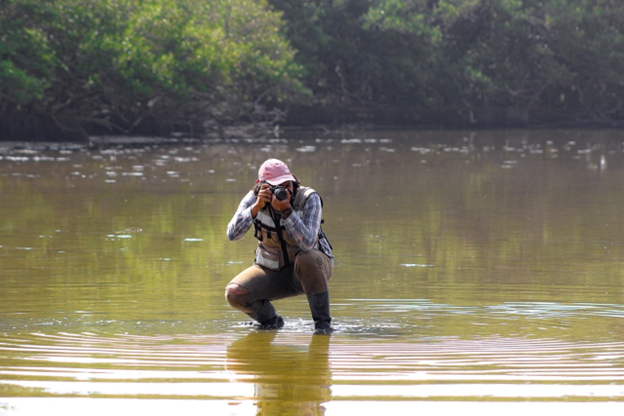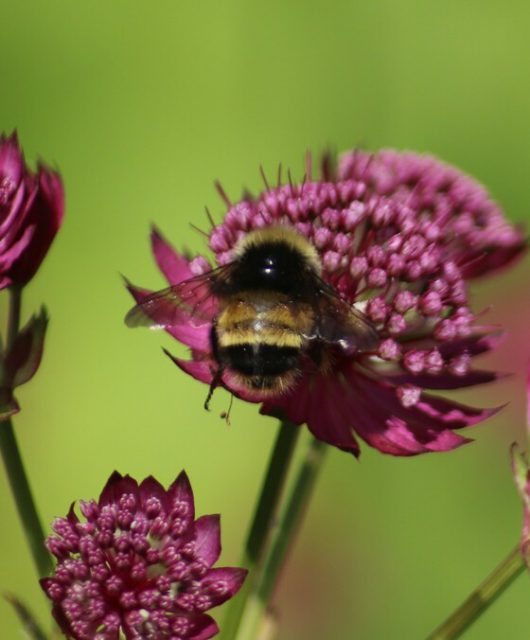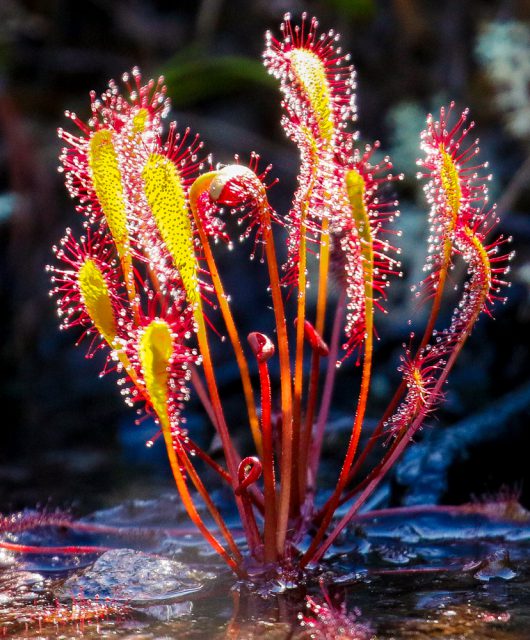Daniel Vladimir Nava Toxqui is a summer insect field technician working with the Canadian Wildlife Federation’s terrestrial wildlife team.
As a wildlife biologist, your office is pretty much anywhere you are working in nature.
This might sound fun and very appealing — and it really is — but it can also have some drawbacks. You can start with a beautiful sunny day and end up soaking wet on your way back to the shelter. You may have to work beyond your regular hours, sleep and repeat. You can get full of ticks, mosquitoes and other unpleasant fauna.

I enjoy being in the field but sometimes it is hard to endure all the difficulties and, at times, even dangers out there.
Still, I believe in the purpose of the biologist’s work. I believe I’m doing my tiny part for the environment, which minimizes a lot of the downsides. Plus, I enjoy the little joys of the fieldwork: chatting with coworkers, watching incredible species in the wild, stunning views, among many other things.
Studying Diversity Food Webs in the Canadian Prairies
This summer, I was working in the beautiful habitat of the Canadian Prairies. For some, it might be too plain, but for me, as a visitor from Mexico, seeing other habitats, landscapes and new wild species in a different ecosystem is priceless.
I worked on a project that involved a part of this ecosystem’s intricate and diversified food web, involving insects, vegetation and birds. I participated in the insect and vegetation sampling to obtain the data needed.
For the insects, we used techniques such as yellow pans, sweeping and malaise traps, which were strategically set in the fields of ranch owners and protected areas to get the best representation of reality possible and measure the effect of grazing on the wildlife network. And let me tell you, the diversity and quantity of insects you can collect in the prairies are impressive. It also reminds me of the incredible variety hidden in plain sight that we can’t honestly see without giving an authentic look.
As for the vegetation, we quantified the characteristics of the sites to verify if they match the habitat necessities of the native species — especially the flag and umbrella species. If the habitats have what they need to hold healthy populations of native fauna, then we are doing good in this chain segment. If, on the other hand, the results show the contrary, we should look at our actions and find where we can do better, even if that involves stepping up and committing to the cause accordingly to our individual possibilities.
Conservation is not about just the animals or plants, it’s about us.
It’s about keeping the world in good condition so we can still live and prosper. For that, we have no choice but to preserve and improve our biodiversity because wildlife is our patrimony and the heritage of our sons and daughters.
Ultimately, let us show a little love and respect for our home because thanks to biodiversity and all the processes involved on this planet, we get to exist as a species.
Learn more about the Canadian Wildlife Federation’s work for Pollinators in Action >
About the Author
Daniel is a wildlife biologist, born and raised in México. He is passionate about wildlife species and their behaviour. He is trying to dedicate his life to the conservation of biodiversity, photography and popularizing science.




